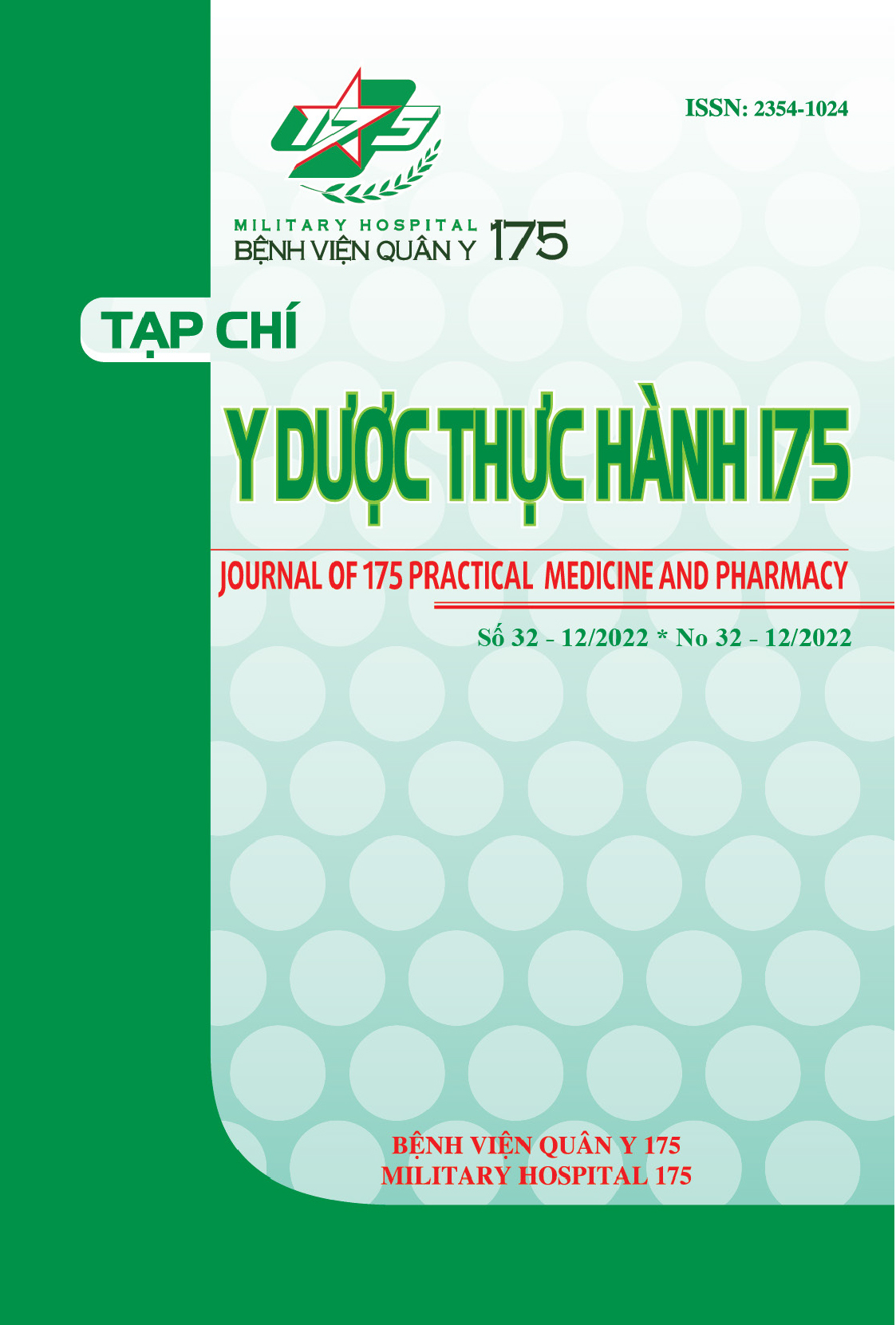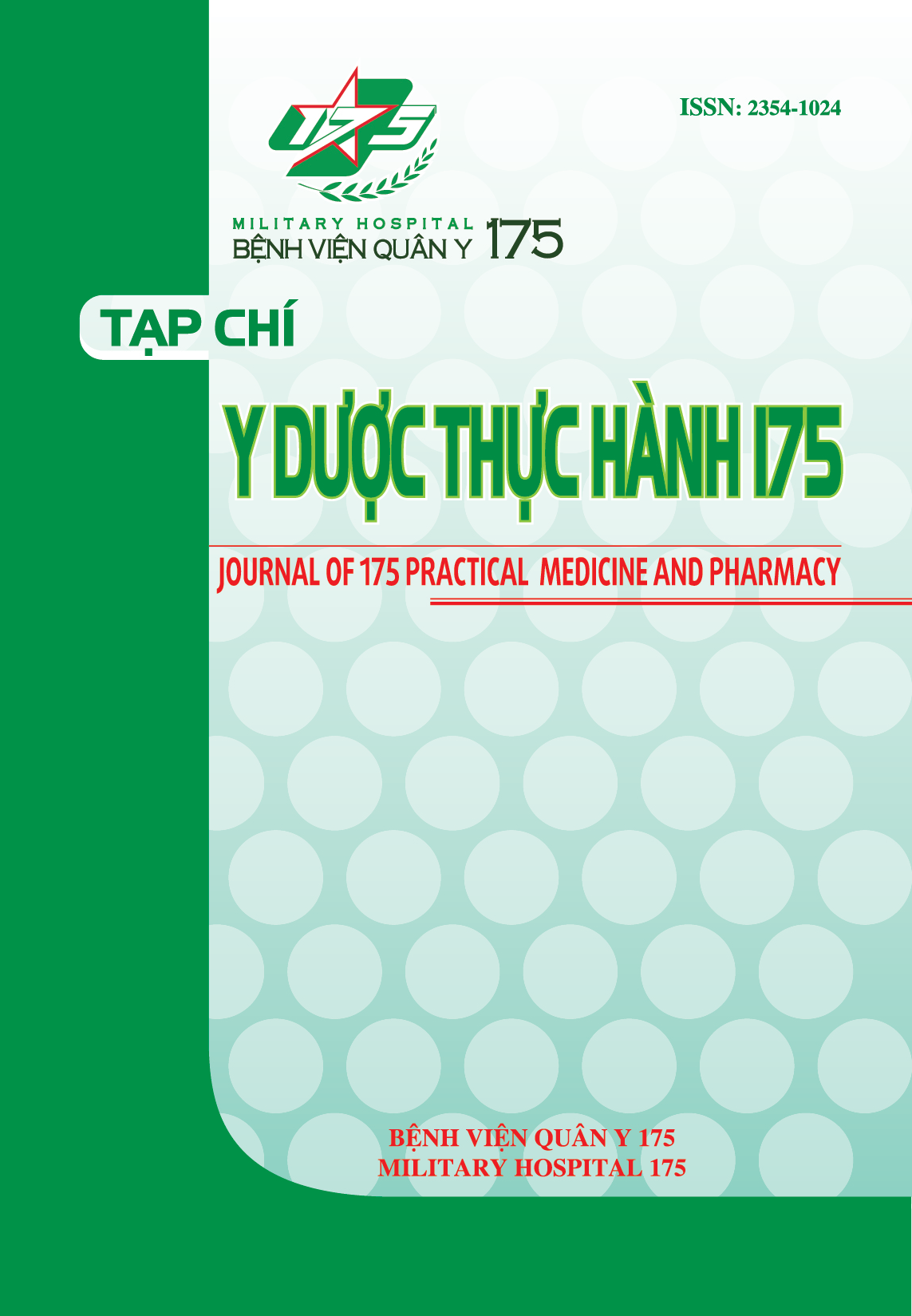RESULT EVALUATION OF MINIMALLY INVASIVE SURGERY FORTRANSFORAMINAL LUMBAR INTERBODY FUSION
Authors
DOI: https://doi.org/10.59354/ydth175.2022.34References
Cole, C.D., et al., Comparison of low back fusion techniques: transforaminal lumbar interbody fusion (TLIF) or posterior lumbar interbody fusion (PLIF) approaches. Curr Rev Musculoskelet Med, 2009. 2: p. 118–126.
Isaac O. Karikari, M. and M. Robert E. Isaacs, Minimally Invasive Transforaminal Lumbar Interbody Fusion: A Review of Techniques and Outcomes. SPINE, 2010. 35(26S): p. S294–S301.
Wang, X., et al., A systematic literature review of time to return to work and narcotic use after lumbar spinal fusion using minimal invasive and open surgery techniques. BMC Health Services Research, 2017. 17.
Nguyễn Vũ, Nghiên cứu điều trị trượt đốt sống thắt lưng bằng phương pháp cố định cột sống qua cuống kết hợp hàn xương liên thân đốt. 2015, Đại học Y Hà Nội. p. 170.
Meng-Ling Lu, M., et al., Comparisons of Lumbar Muscle Performance Between Minimally-Invasive and Open Lumbar Fusion Surgery at 1-Year Follow-Up. Global Spine Journal, 2020: p. 1-7.
Chan Wearn Benedict Peng, M., et al., Clinical and Radiological Outcomes of Minimally Invasive Versus Open Transforaminal Lumbar Interbody Fusion. SPINE, 2009. 34: p. 1385–1389.
Dương Thanh Tùng, nghiên cứu điều trị trượt đốt sống đoạn thắt lưng – cùng một tầng bằng phẫu thuật vít cuống cung qua da và ghép xương liên thân đốt. 2020, học viện quân y: hà nội.
Seng, C., Five-Year Outcomes of Minimally Invasive Versus Open Transforaminal Lumbar Interbody Fusion. SPINE, 2013. 38: p. 2049 - 2055.
Nader S. Dahdaleh, M.D., M.S. Alexander T. Nixon, and B.S. Cort D. Lawton, Outcome following unilateral versus bilateral instrumentation in patients undergoing minimally invasive transforaminal lumbar interbody fusion: a single-center randomized prospective study. Neurosurg Focus, 2013. 35
Tsahtsarlis, A. and M. Wood Minimally invasive transforaminal lumber interbody fusion and degenerative lumbar spine disease. Eur Spine J 2012. 21: p. 2300–2305.
Nathaniel W. Jenkins et al, Validation of PROMIS Physical Function in MIS TLIF. SPINE, 2020. 45: p. E1516– E1522.
Walter W. Eckman MD, L.H. PT, and M.M. RN, Same-day Discharge After Minimally Invasive Transforaminal Lumbar Interbody Fusion. Clinical Orthopaedics and Related Research, 2014. 472: p. 1806–1812.
Downloads
PDF Downloaded: 69










